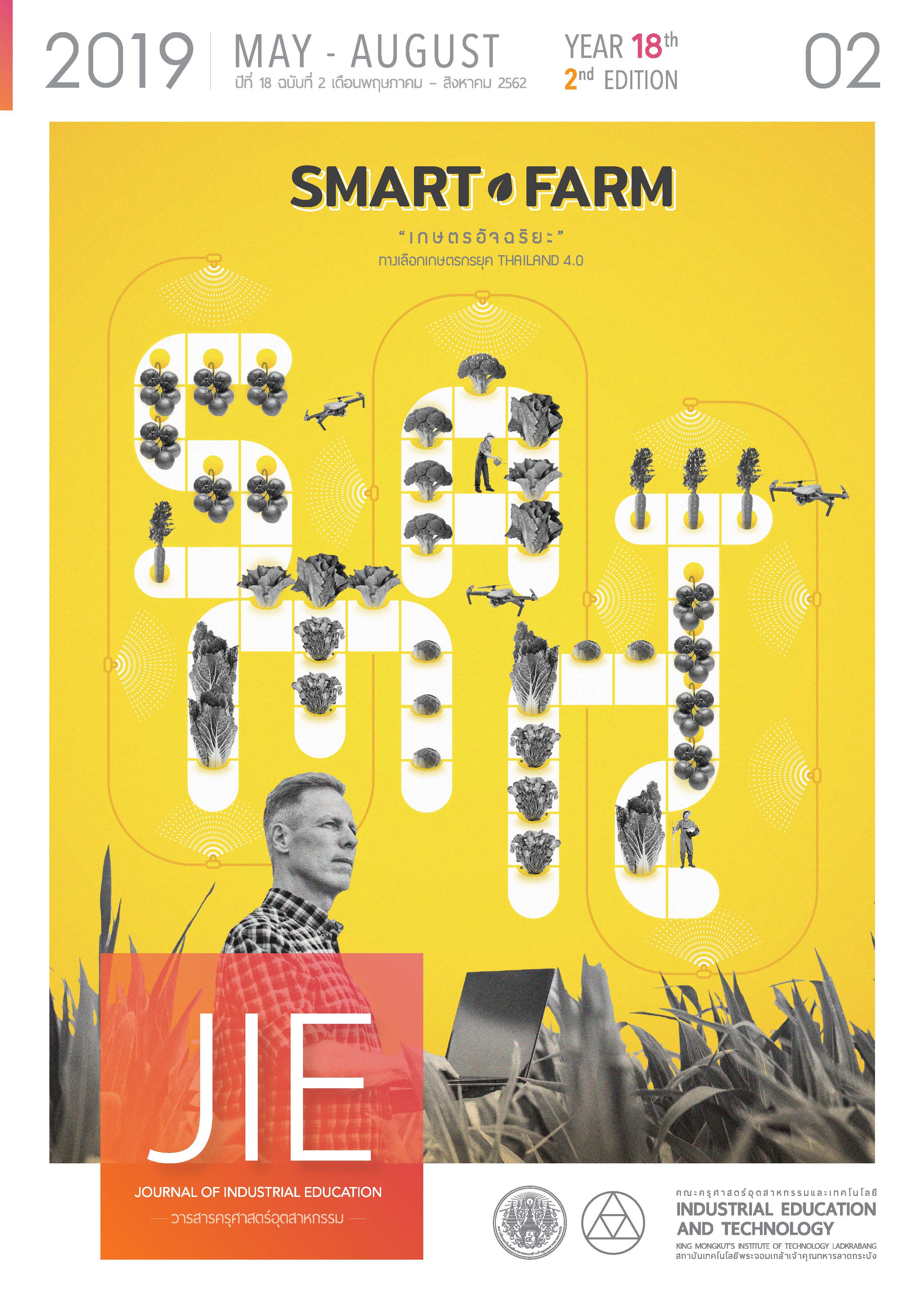INSTRUCTION BY USING STEM EDUCATION IN OCCUPATIONS AND TECHNOLOGY LEARNING STRAND FOR GRADE NINE STUDENTS IN SASNAVIDYA INSTITUTE, BANGKOK
Keywords:
STEM Education, Occupations and Technology, Learning ManagementAbstract
This research aimed to develop STEM-based lesson plans in occupations and technology learning area for grade nine students in Sasnavidya Institute, Bangkok, and to explore students’ accomplishment including learning achievement and students’ satisfaction. Research tools included STEM-based lesson plans in occupations and technology learning area, achievement test, and satisfaction questionnaire. Population were grade 9 students in Sasnavidya Institute, Bangkok, total amount of 88.
The results of the study revealed five STEM-based lesson plans for five topics including ‘Bean Sprout Cultivation in Bottles’, ‘Using Bean Sprout for Cooking’, ‘Food business’, ‘Use of Information Technology for Presentation’, and ‘Students’ Presentation’. The students gained overall learning achievement at ‘excellent level’ (=89.79) especially on ‘Using Bean Sprout for Cooking’ and ‘Students’ Presentation’. Result from the satisfaction questionnaire revealed that, in general, students satisfied the learning activity at ‘high level’ (
=4.39). When considering each item, result revealed that students were most satisfied on their knowledge development from learning activity and they found that the learning activity was interesting and they were involved in all practices. The study suggested that, all instructions should focus on students’ active participation and their hands-on experiences which are crucial parts for learners’ learning development. Moreover, STEM-based lesson planning required several aspects of planning to cover all teaching objectives.
References
The Institute for the Promotion of Teaching Science and Technology. 2015. Summary of PISA 2015 Research Finding. Retrieved March 15, 2019, from https://www.oic.go.th
Jeerapattanatorn, P. 2016. Problems and Guidelines for Educational Improvement in Thailand under ASEAN Economic Community Framework. Journal of Industrial Education, 15(3), p. 160-167.
The Institute for the Promotion of Teaching Science and Technology. 2014. STEM Education. Retrieved March 15, 2019, from https://www.stemedthailand.org
Cheng, H. H. 2014. C-STEM Curriculum for Integrated Computing and STEM Education. Retrieved January 10, 2019, from https://c-stem.ucdavis.edu
Andaris, W. (2018, July 20). Instructional Challenges in Teaching Occupations and Technology Learning Area. [Interview].
Jeerapattanatorn, P. 2018. Philosophy of Business and Computer Education and Curriculum Development. Bangkok: Protexts Publishing.
Best, J. W. 1977. Research in Education. 3rd ed. Englewood Cliffs, New Jersey: Prentice Hall Inc.
Benjatheprassami, P. 2008. Integrated Teaching: Not Too Far Answer. TSMT Journal, 2(9), p. 11.
Thongboonyarit, N. 2016. Instruction by Stem Education in Computer Learning Area for Grade 3 Students in English Program Project. Retrieved August 9, 2018, from https://www.acp.ac.th
Isarasena Na Ayutthaya, V. 2017. Features of STEM Education. Bangkok: Chulalongkorn University Press.
Chimkul, A. 2016. Effects of Biology Learning Management Based on Stem Education Approach on Problem-Solving Ability and Biology Learning Achievement of Upper Secondary School Students. Master of Education (Science Education), Faculty of Education, Chulalongkorn University.
Nair, P., Huang, J., Jackson, J. and Cox-Petersen, A. 2017. Combining STEM and Business Entrepreneurship for Sustaining STEM-Readiness. Retrieved March 18, 2019, from https://ieeexplore.ieee.org/document/7910252
The institute for the Promotion of Teaching Science and Technology. 2015. Learning Approach on Stem Education. Retrieved July 10, 2018, from https://physics.ipst.ac.th
Kumar, V. and Sharma, D. 2017. Cloud Computing as a Catalyst in STEM Education. International Journal of Information and Communication Technology Education, 13(2), p. 38-51.
Department of Curriculum and Instruction Development. 2002. Learning Management Manual in Occupations and Technology Learning Area. Bangkok: Express Transportation Organization of Thailand
Downloads
Published
How to Cite
Issue
Section
License
"The opinions and contents including the words in papers are responsibility by the authors."
"ข้อคิดเห็น เนื้อหา รวมทั้งการใช้ภาษาในบทความถือเป็นความรับผิดชอบของผู้เขียน"



